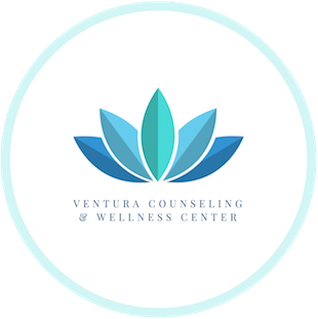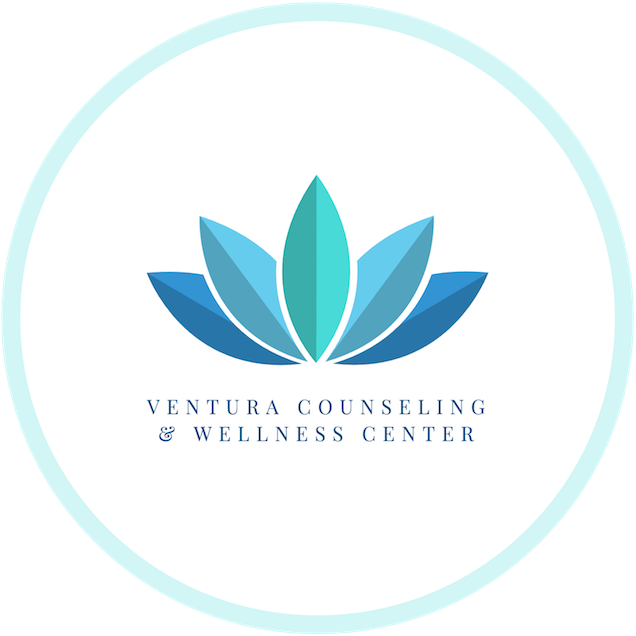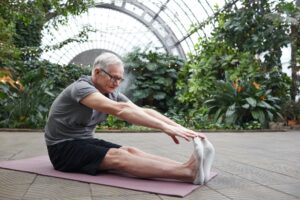Anxious, stressed, overwhelmed? We have a powerful tool for you that you can easily access: your breath. Stop what you’re doing and take a nice deep breath, in through your nose and out through your mouth. You may already feel a bit of relief. That one deep breath is so cleansing and may help you go about your day.
You can only imagine the benefits of a full breathing exercise. There are multiple benefits of breathing, including:
- Relaxation, lowering the stress hormone cortisol in your body
- Lowering your heart rate
- Lowering your blood pressure
- Help coping with symptoms of post-traumatic stress disorder (PTSD)
- Improving your core muscle stability
- Improving your body’s ability to tolerate intense exercise
- Lowering your chances of injuring or wearing out your muscles
- Slowing your rate of breathing so that it expends less energy
If you’re convinced and think, “Okay, I want to give this breathing a try,” but don’t know where to begin, we want to help. If you’re intimated, that’s okay. Try to take some pressure off yourself. You’ll learn!
Or if you’re here and you’re thinking, “I’m a pro when it comes to breathing,” remember there’s always room to grow. So, here are some breathing exercises you can do at home — novice and pro alike.
Equal breathing (Sama Vritti Pranayama)
- Sit or lay down and make sure you’re comfortable. Your eyes can remain open or gently closed.
- Inhale through your nose slowly for 4 counts
- Exhale through your nose for 4 counts
- Repeat for several minutes
By doing this breathing exercise only through the nose, you create resistance to your breath. When you get used to the 4 counts, try 6-8 counts. Make sure you match the length of inhales and exhales. This is a great exercise to do before you go to bed.
Try this YouTube video if you need further guidance with the exercise.
Belly breathing (diaphragmatic breathing)
- Laying down is preferred for this one, though sitting works too, as long as you’re comfortable. Your eyes can remain open or gently closed.
- Place one hand on your chest and one on your belly.
- Take a deep breath through your nose and allow your diaphragm to fill with air. It should feel like a stretching sensation in your lungs.
- Slowly exhale.
- Repeat 6-10 times.
This exercise can help reduce your heart rate and blood pressure if you stick with it for 6 to 8 weeks. This is a wonderful one to do before a stressful event.
Try this YouTube video if you need further guidance with the exercise.
Progressive muscle relaxation
- Sit in a comfortable position.
- Gently close your eyes.
- Focus on tensing and relaxing each of your muscle groups for 2 to 3 seconds, beginning with your feet and toes and moving up to knees, thighs, glutes, chest, arms, hands, neck, jaw, and eyes.
- Maintain deep, slow breaths throughout.
This is one of the best breathing exercises you can do at home. When you intentionally tense and relax each muscle group, focusing on one at a time, it will reduce excess tension in the body. If you have trouble with this exercise, try inhaling through your nose and hold it for 5 counts while tensing the muscles. Then, exhale through your mouth while releasing muscles.
Try this YouTube video if you need further guidance with this breathing exercise.
Want even further help with your breathing exercises? Many of our therapists incorporate breathwork into sessions, should you be interested. Give us a call today to learn more.





